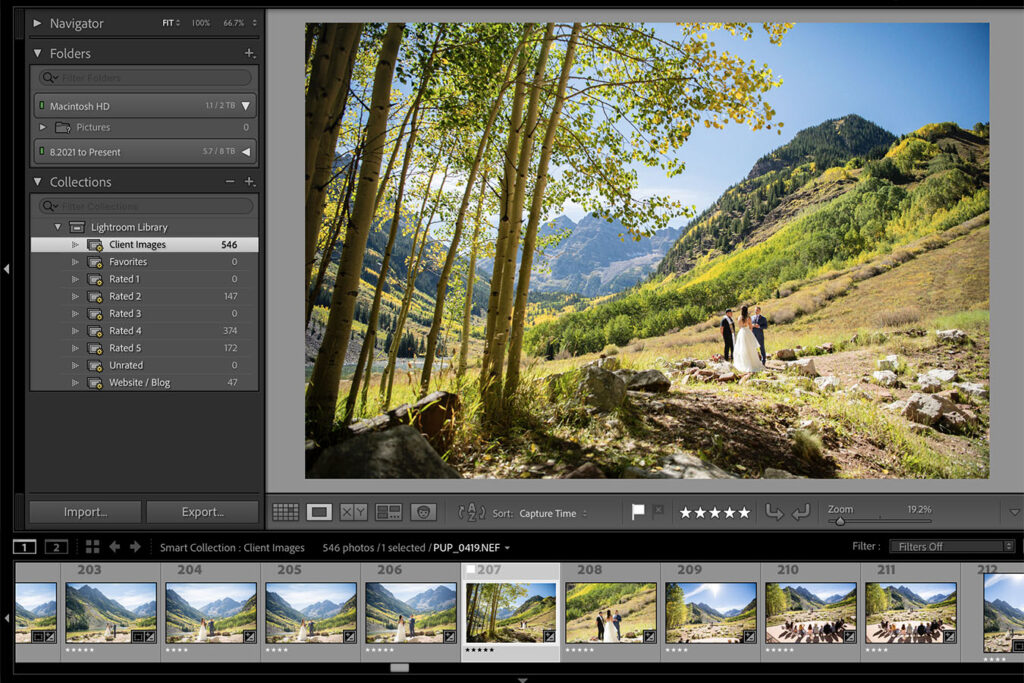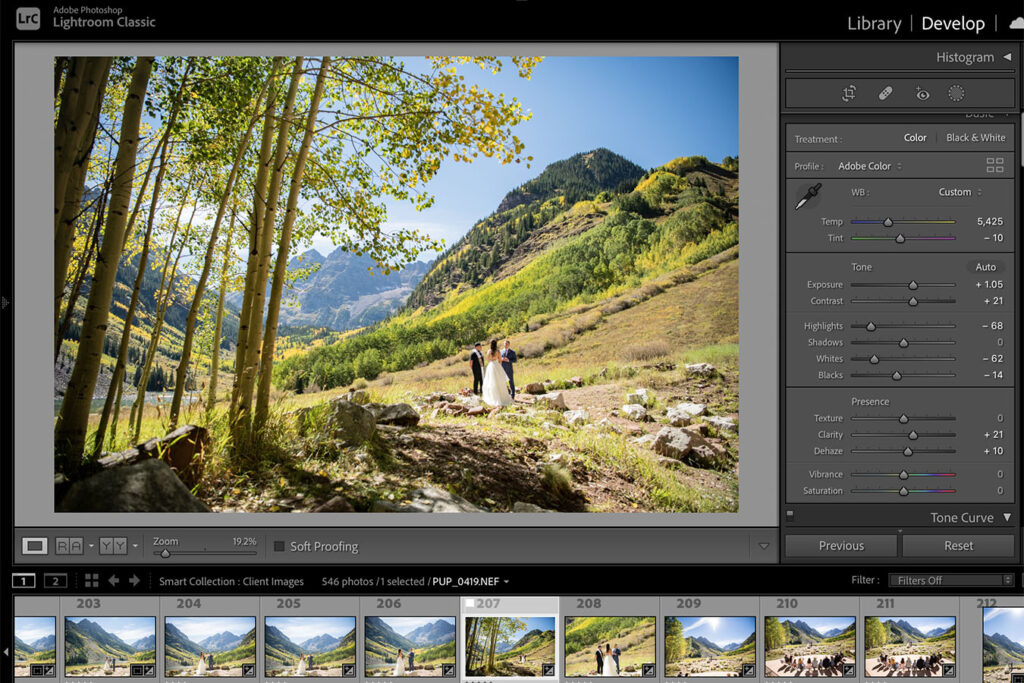What is Editing
What is Professional Photography Editing? Common Understanding of Editing
Common Understanding of Editing
Editing is commonly defined by the personal experiences of an individual. To no surprise the common conception is that professional photographer image ‘editing’ has a range of subjectivity and misconceptions. We frequently have heard that we are thought to apply filters, presets, or run images through an app. Some photographers may do that but not all photographers do things the same. Images are culled, color corrected, and enhanced. We do not perform creation level edits to fake things. For a more detailed answer keep reading.
Generational Perspective on Editing
There should be a balance of getting it right in camera and getting it right in editing. Depending on your age your perspective will lean more one way than the other. For those who have taken photos on film you will be more inclined to someone shooting well with some editing to enhance it. Film required getting it right in camera and carried a financial cost motivating shooting well for a photographer. For those who grew up with a phone in their hand you will be more inclined to think shooting does not matter as much as editing. With digital images the perspective some have is you can take as much as you want and completely change it if you want.
Why Does This Matter?
If you define a key part of a businesses service by your own experience your satisfaction will be completely subjective. Everyone has a different experience and background. While we are out to make all receiving our services satisfied no photographer could do limitless editing.
Mutually Agreed End Goal
Quality is the universal end goal that most can agree upon. Quality in photography can be defined through consistency and value.
- Consistency – You buy X and you get X consistently every time would be consistency. When photos are taken no two photos are truly identical. Lighting and the subject are continually changing. The way cameras capture things are variable. Consistency creation therefore is a huge part of editing.
- Value – Spending more does not mean you get more quality per se. You pay for a certain level of service and want to receive consistency within that level. This is where we would define the balance in value vs cost. To support the predetermination of our value we provide access to an extreme amount of images. We encourage couples to look at a full shoots. We know you could never look at them all but we ultimately want you to leave with one take away – consistency to see based on the day / weather is what you will get and therefore determine if you value this service.
Levels of Editing: The Process and Limitations
Culling: What Does Not Make the Cut
If you do not know what this word means it is to ‘select from a large quantity; obtain from a variety of sources.’ A common misconception is heard in the word ‘All’. Not all images are provided for many reasons. There are test shots that are not even of the subject or with an attempt to be used. There are duplicates that are not needed. While you might not believe it there are also things that might be inferior because not every facial express looks amazing. Pause any video and look at the facial expressions. So what does culling do? It reduces the total to support a consistency while providing variety.
In the image on the right or below you can see we implore a rating system. We will not go into all the details regarding the criteria for them but the main idea is that we organize so that we can provide the best. In this case this was a mini wedding that lasted a few hours and they ended up with a number of images similar to what some get for a full wedding day. The implication is culling is meant to help the flow / consistency while delivering value not cut something you would want or need.

Balancing: Color, Lighting, Composition, Etc
This is where the majority of the artistic skill comes into play. There are over 13 basic elements of exposure, contrast, temperature, tint, highlights, shadows, etc. These are more of a foundational level that all photos need. There are countless color balancing options as there is no limit to the mixing of colors. There are then the variables introduced by the hardware in either the camera or the lenses producing over 35 different areas of configuration. All lenses are different in how they let in light and how the camera reacts to it. Balancing across different variables is a task best crafted by an artist.
The misconception is that this step involves filters or presets for us. While those are interesting it is a predefined block that goes on a variable base making it so that you could never produce consistency. Since you would have to manually adjust the base for all we think it is easier to do more of an edit layering across segments. We therefore do not use presets because they would really need to be tuned for every shoot as there are variables within every shoot as no day is 100% the same or lighting 100% consistent within the same shoot. For both the balancing and culling steps we use the industry standard Adobe Lightroom. You can see on the menu on the right in the photo there are many fine tuned settings.

Enhancement: Digital Correction
Correction is not creation. This is how we think it is best to define the difference between the next two items. As part of our brand being natural we want you to look like you and for your location to look how it actually did. This is a step that you should never notice. We utilize the photoshop tool for these kind of enhancements. Within this tool there is a huge array of potentials most of which will go into the realm of photo creation. The principle is that if you remove, move, or blend something you are destructing pixels and predictively adding something. We note this as an enhancement as it is a taking what is good and making it slightly better. This is stuff you would never know was done.
Photo Manipulation: The Fake
This is the creation or extreme level of modification to distort the reality. We see photographers do bad photoshop when you really get into the detailed level of seeing the pixels. After taking enough photos you just can if something does not look right in camera as the two contrasting things cannot exist together. There are times when people have said our photos looked fake. The reason is what they can get in their camera does not look the same. We attribute it to professional lighting that is used when needed. You know it was not fake when we show you things we just took in the back of the camera but when you look online you might not know.
We do not perform photo manipulation to create what did not exist. Part of the reason is that it is cost prohibitive and leads to inconsistency. To do true photo manipulation correctly you need to get down to the individual pixel level and to make the layers blend. Our cameras have anywhere from 36-45 million pixels. If the average full wedding was 1000 images, we used a 45 million pixel camera, 30% where subject to background changes and 90% body changes you have an extreme workload. Modifying 13.5 Trillion to 40.5 Quintillion (40,500 Trillion) pixels which is crazy. Some photographers will call these special or select edits. They will perform them on a limited number of images and they are likely are taking some shortcuts or outsourcing them.
Where is Photography Going?
Getting it right in camera is becoming a lost art in favor of fixing it in editing. The typical photographer these days is not doing photography as a profession. They get something sloppy in camera then they buy some other photographers presets to make their photos fit a fad brand. Those slapping on some presets will lack consistency in lighting, coloring, and images will look like there are 3-6 different types of edits in chunks of photos.
Outsourcing of editing is becoming more and more common. Perhaps the photographer will cull the photos but then they send them off to a 3rd party. You can tell if this is occurring by seeing a maximum wedding images count after edits is defined at 600-700. Functionally this is an unknown risk because you do not know if they will be consistent like what is on the website or if your photographer even knows how to edit.
The industry is telling people that everyone is a photographer to sell more phones. The improvements have been significant but combining the digital camera and phone would be cost prohibitive. Hardware is differentiating and would be cost prohibitive to miniaturize to a consumer product. There are attempts being made but they are more gimmicks. Professional photography will exist in some form but it will continue to be plateaued.


 Common Understanding of Editing
Common Understanding of Editing